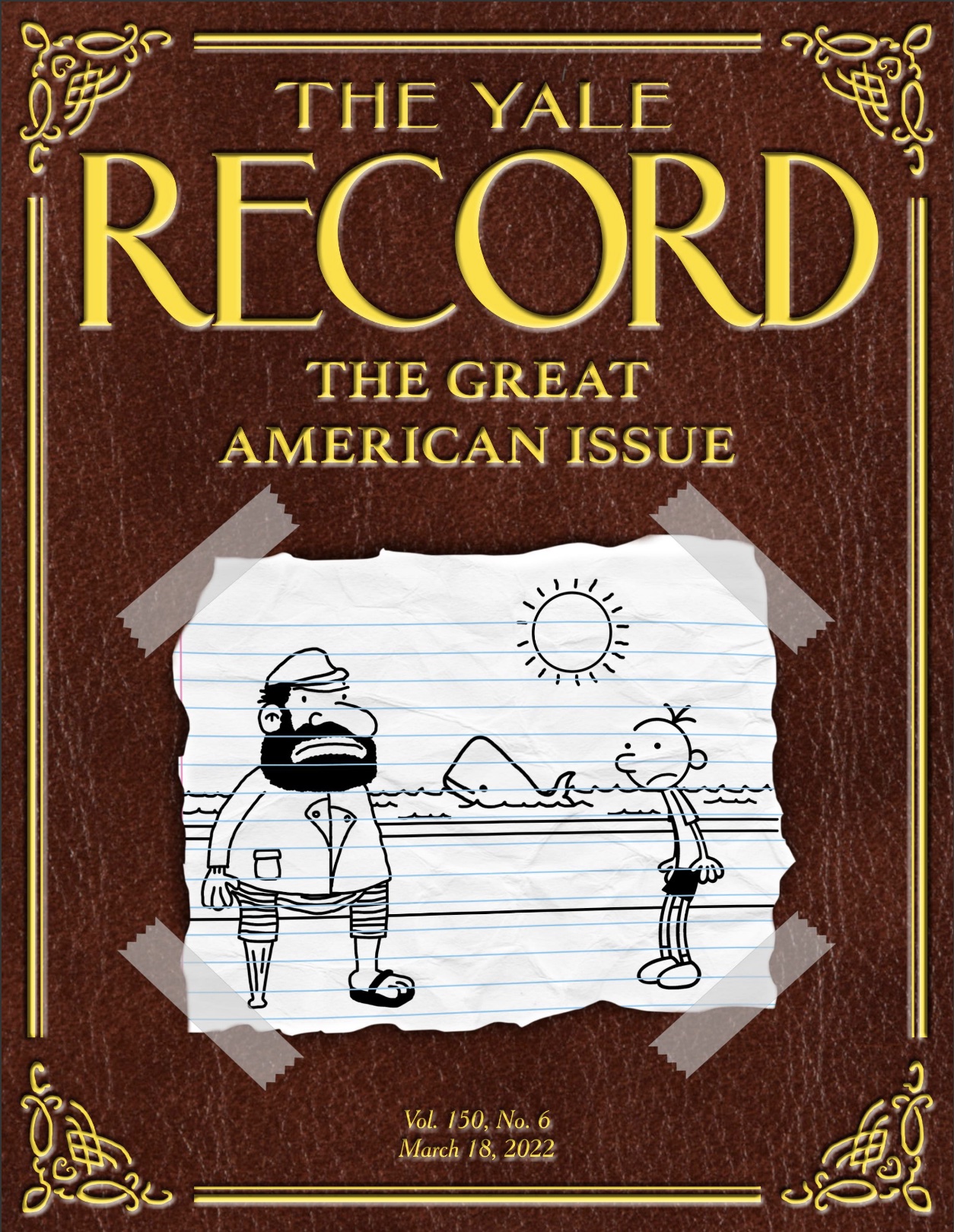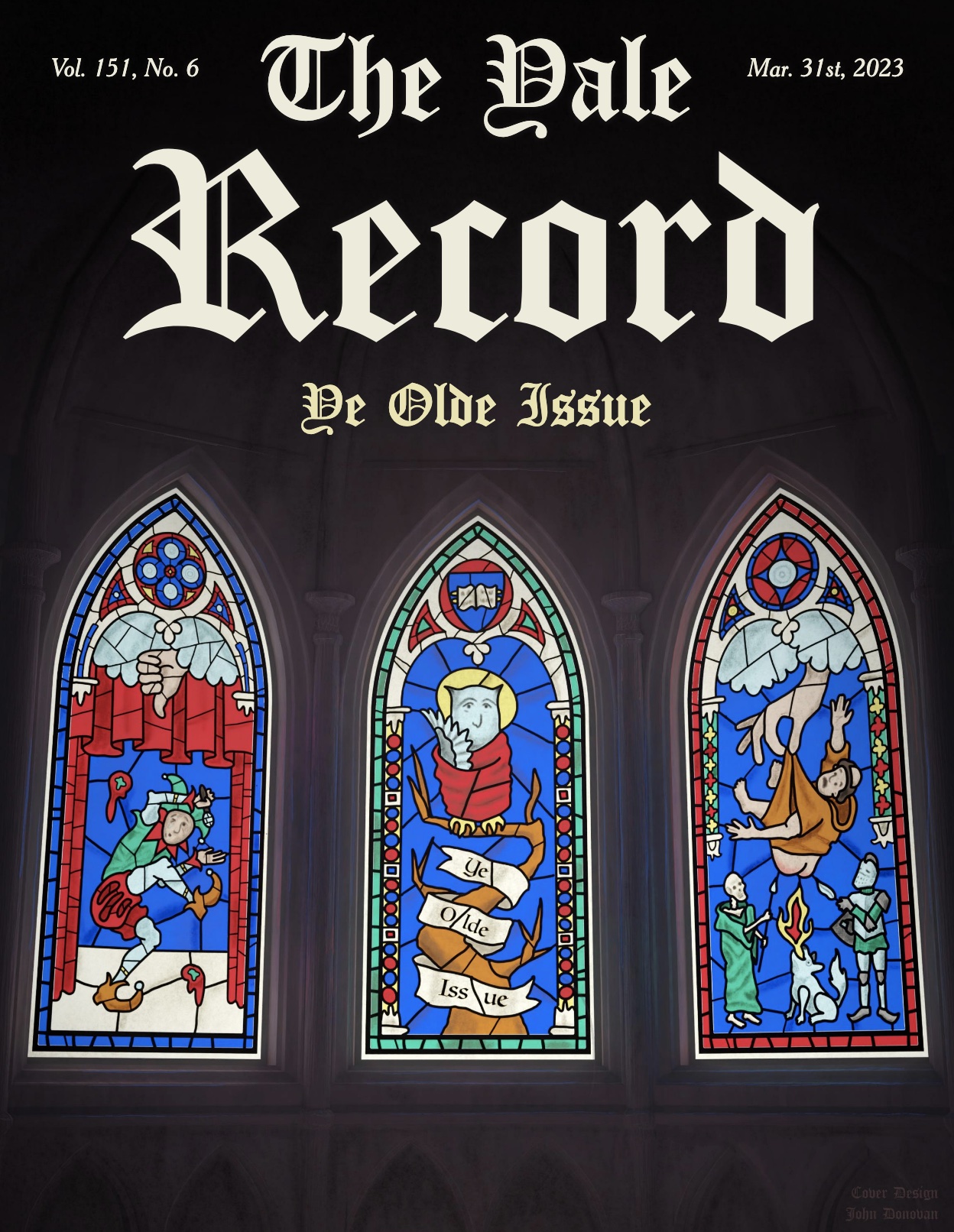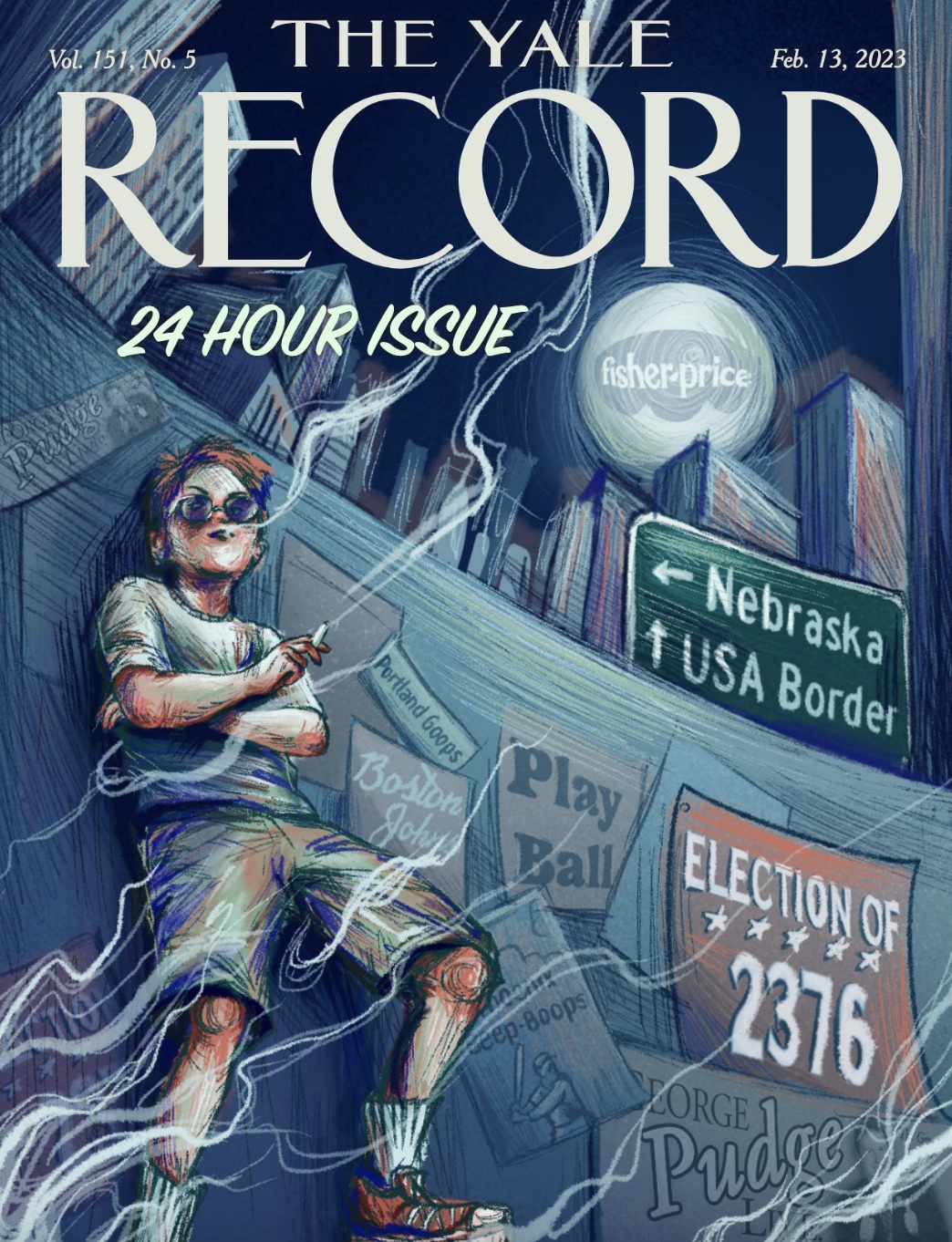Some of my less talented colleagues like to dismiss vast swaths of the literary canon as “children’s literature.” This sort of pompous and empty-minded belittling does a criminal disservice to the age-old tradition of literary analysis. Today, as an exercise in close reading, we will examine Shel Silverstein’s “The Giving Tree.”
For those unfamiliar, Silverstein’s seminal work follows the relationship between a boy and an apple tree. As a child, the boy plays with the tree, climbing her trunk, swinging from her branches, and eating her apples. However, as the boy gets older, he visits the tree only when he wants something for himself—for instance, he brings his new girlfriend there for a late afternoon liaison. In an effort to make the boy happy, the tree willingly gives up parts of her body: the boy sells her apples to make money, uses her branches to build a house, and makes a boat from her trunk.
It is perfectly obvious that the story’s tree represents the male phallus. In turn, this phallus acts as a physical embodiment of the boy’s homosexual temptations. Though Silverstein’s use of feminine pronouns for the tree might confuse the novice reader, this simply indicates that the tree is a bottom.
It is also fascinating to reflect upon the boy’s contrasting foray into the heterosexual realm. The girl whom the boy brings to the tree represents the apex of his heterosexualism. It is clearly implied that, after the two carve their initials into the tree, they have sexual intercourse upon the tree’s roots. By forcing the tree to be a voyeur to his heterosexual jaunt, the boy gets a thrill. His heterosexualism does not fall far from the tree of his homosexualism (literally and figuratively). But, over time, he drifts away from his natural urges, only returning when it is materially beneficial. For instance, the boy has “gay sex” (makes a boat) when it coincides with his larger goal of “sleeping” (boating) to the top of the economic ladder.
However, the boy’s selfishness catches up with him. Over time, the parts of the tree he instrumentalizes—which represent his homosexual options—permanently disappear. Finally, when the boy grows old and hopes to return to the joyful homosexuality of his youth, he is left with nothing but a tree stump—symbolizing his limited sexual opportunities and the short, stump-like nature of his remaining options.
From this exercise in close reading, I hope it has become clear that literary analysis is a conceptually straightforward process. It is my sincere hope that you will practice the art of close reading so that you will never be tempted—like some of my colleagues have been—to use the label of “children’s literature” as a cover-up for personal ineptitude.
Professor Richard D. Peters
Endowed Johnson Chair of English Literature
Harvard University
—E. Gorelick




